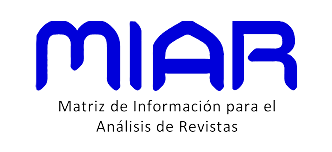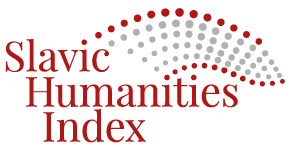Neke odlike francuskog govornog jezika / Some Features of the Spoken French and Their Place in Language Teaching
DOI:
https://doi.org/10.46352/23036990.2021.86Keywords:
spoken French, teaching French as a foreign language, registers in French, variation in FrenchAbstract
Considering that this topic is partially neglected in foreign language teaching, which results in a linguistic blockade of students when faced with spoken language, we wanted to facilitate their encounter with spoken French and point out some theoretical problems regarding differences between structures of the spoken and written French. Due to the scope of the paper, we limited ourselves to only some of the most important aspects. The starting hypothesis is that spoken and written French are partly two parallel systems, which, in addition to many overlaps in the structure, show differences at all levels of linguistic description: phonetic and phonological, morpho-syntactic and lexical. We consulted the works of French linguists and sociolinguists and also touched upon the issues of the relationship between the alphabet and the language, registers in language, and variation in French. The fruit of our research is the conclusion that the mentioned structures vary to a sufficient extent, so that French language teaching should deal with this phenomenon also theoretically and not only practically (through lecturer conversations, for example). In the paper, we also used our own examples from the corpus that we collected by working on the doctorate, as well as examples of authors that we consulted.
Downloads
Downloads
Published
How to Cite
Issue
Section
License
Copyright (c) 2021 Alma Sokolija

This work is licensed under a Creative Commons Attribution-NonCommercial-ShareAlike 4.0 International License.
.













